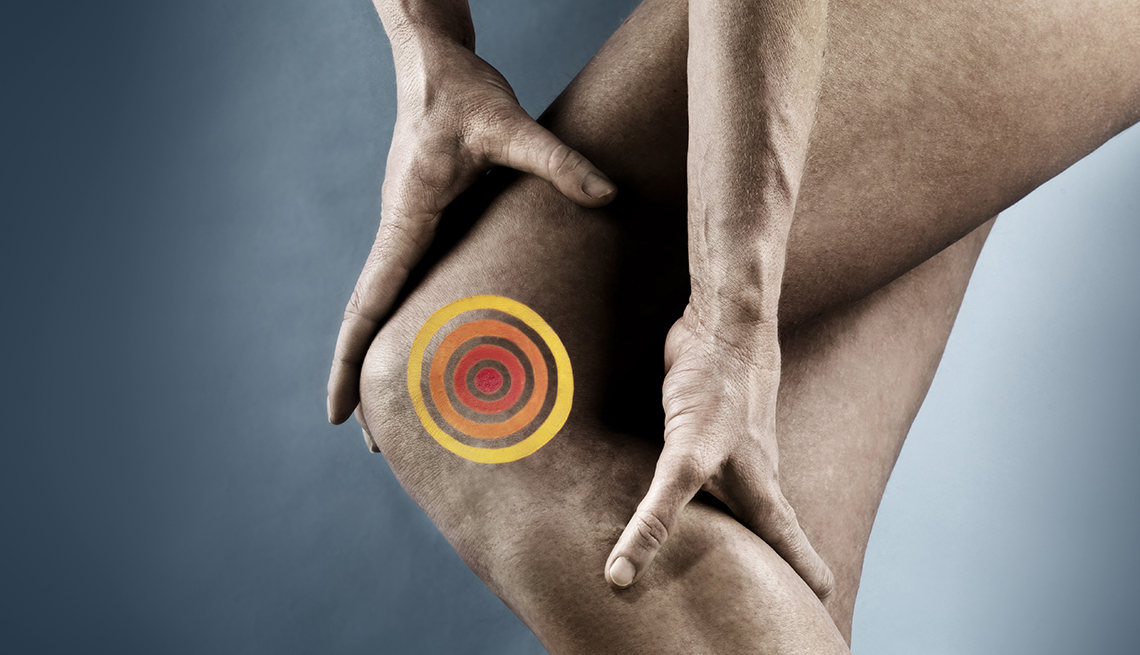If you’ve ever noticed your joints aching more when the weather changes, you’re not alone. Many people with joint issues, such as arthritis or past injuries, claim that they can “feel” the weather through their joints. While this might sound like an old wives’ tale, there’s actually some science behind it.
Changes in weather, especially temperature and barometric pressure, can directly affect your joints. Understanding this connection can help you better manage joint discomfort and take proactive steps to stay comfortable year-round.
How Weather Affects the Joints
- Barometric Pressure Drops Barometric pressure, also known as atmospheric pressure, is the weight of the air surrounding us. When the weather changes—such as before a storm or during colder months—barometric pressure tends to drop. This drop can cause tissues in your body, particularly around your joints, to expand slightly. This expansion can put extra pressure on the nerves inside the joint, which might trigger pain, especially in already sensitive or inflamed joints.
People with arthritis, for instance, often report increased pain when a storm is on the horizon due to this drop in pressure. Even though the change in pressure is small, it can still be enough to exacerbate joint discomfort. - Cold Temperatures Cold weather itself is another major factor in joint pain. When temperatures drop, our muscles, tendons, and ligaments can become stiff and less flexible, making movement more difficult and painful for those with joint issues. Additionally, cold weather can reduce blood flow to extremities, including the joints, which may make them feel achy or stiff.
Cold temperatures can also cause the fluid that lubricates your joints (synovial fluid) to thicken slightly, making it harder for joints to move smoothly. This can be especially noticeable first thing in the morning or after long periods of inactivity. - Humidity and Rain Humidity, or the amount of moisture in the air, can also play a role in joint discomfort. When the air is heavy with moisture, as is often the case before rain or during high-humidity weather patterns, some people report more joint stiffness and pain. The exact reason for this is not fully understood, but it may be due to changes in how your body perceives the external environment or how pressure inside the joints fluctuates with humidity levels.
Interestingly, while many associate joint pain with rain, studies have shown that it’s not the rain itself that causes pain but rather the changes in barometric pressure and humidity that often come before or during rainy weather. - Heat and Inflammation While cold weather is often associated with joint stiffness, hot weather can also affect your joints, especially if you’re dealing with chronic inflammation. High temperatures can cause blood vessels to expand, which can lead to swelling in inflamed joints. For people with conditions like rheumatoid arthritis, the increased inflammation may lead to more joint pain during hot, humid summer months.
Common Conditions Affected by Weather
- Osteoarthritis: This is one of the most common joint conditions affected by weather changes. People with osteoarthritis often notice increased stiffness and pain when barometric pressure drops or during colder months, as the cartilage that cushions their joints is already worn down.
- Rheumatoid Arthritis: This autoimmune disorder, which causes inflammation in the joints, can be exacerbated by hot and humid conditions, as well as during periods of cold weather or drastic pressure changes.
- Previous Joint Injuries: If you’ve ever had a joint injury, like a fracture or a torn ligament, you may notice increased sensitivity to weather changes. Scar tissue can be particularly prone to discomfort during times of cold or damp weather.
How to Manage Weather-Related Joint Pain
- Stay Warm: During colder months, keeping your body warm is crucial for managing joint pain. Wear layers of clothing, especially over sensitive joints like knees, elbows, and wrists. Heating pads or warm baths can also help to soothe stiff joints and improve blood flow.
- Exercise Regularly: While it might seem counterintuitive, gentle movement is essential for keeping your joints flexible. Regular exercise helps improve circulation, strengthen the muscles around your joints, and maintain range of motion. Stretching and low-impact exercises like swimming, yoga, or walking can be particularly beneficial.
- Hydrate: Proper hydration is important in any weather, but especially in colder months when the body’s thirst response is reduced. Staying hydrated helps maintain the fluid levels in your joints and can also help minimize inflammation.
- Monitor Weather Changes: If you notice that certain weather conditions trigger your joint pain, consider using a weather app to stay informed about upcoming changes in barometric pressure or temperature. Knowing when the weather’s going to shift allows you to take preemptive steps, such as warming up your body, doing light exercises, or applying heat to sensitive joints.
- Chiropractic Care: Chiropractic adjustments can help improve joint alignment, reduce pressure, and enhance overall mobility. Regular chiropractic treatments can also promote better blood flow and relieve tension around the joints, which is especially helpful when external factors like weather make joints more sensitive.
Conclusion
While we can’t control the weather, we can control how we prepare for its effects on our joints. Whether it’s cold, humidity, or changes in barometric pressure, understanding how the weather impacts your body allows you to take proactive steps in managing discomfort.
Chiropractic care, combined with lifestyle adjustments like staying warm, stretching regularly, and staying hydrated, can be an effective approach to managing weather-related joint pain. If you’ve noticed that your joints are more sensitive to weather shifts, Give us a call… talking to a chiropractor to explore personalized treatments that can help you stay pain-free no matter the forecast.

